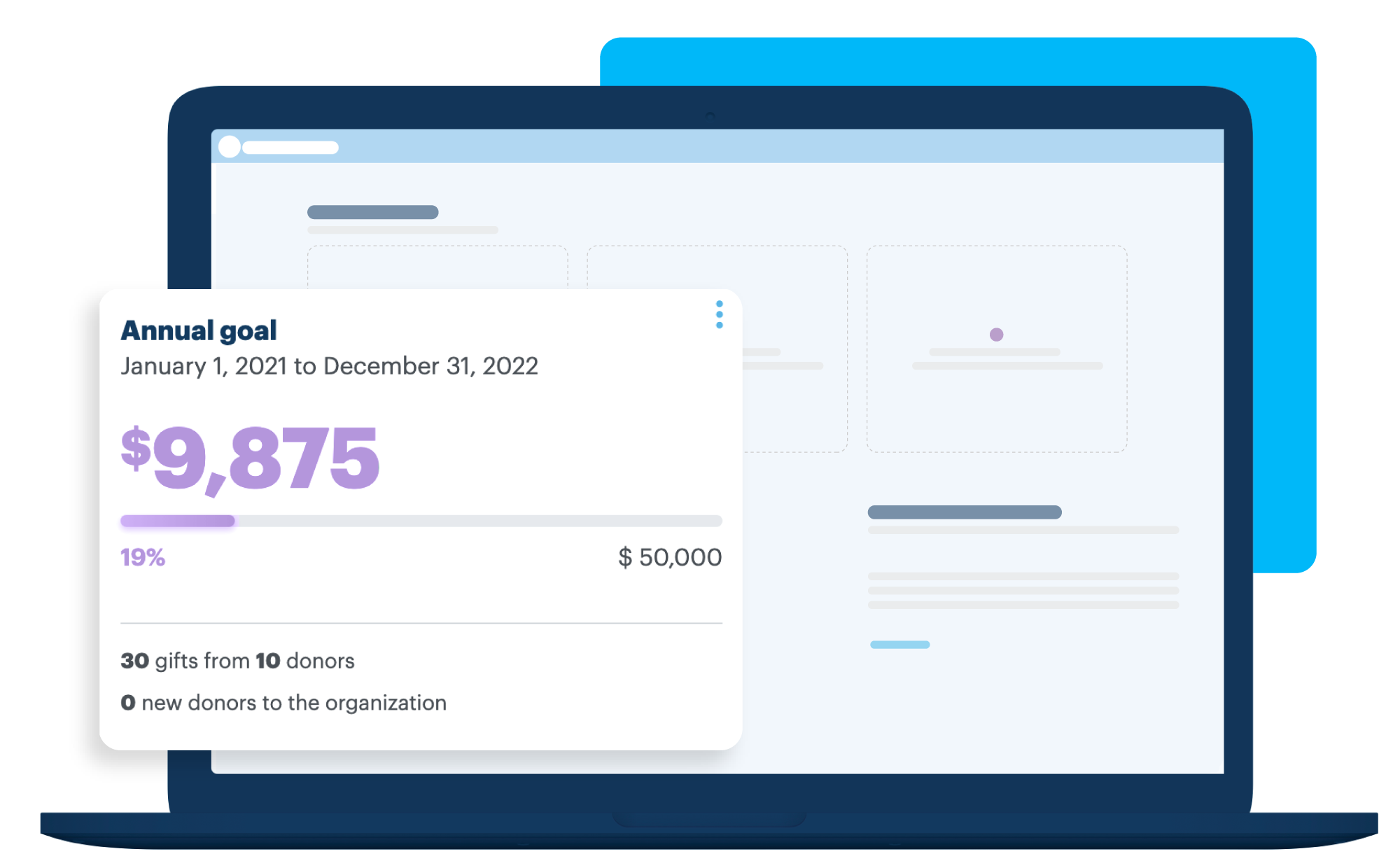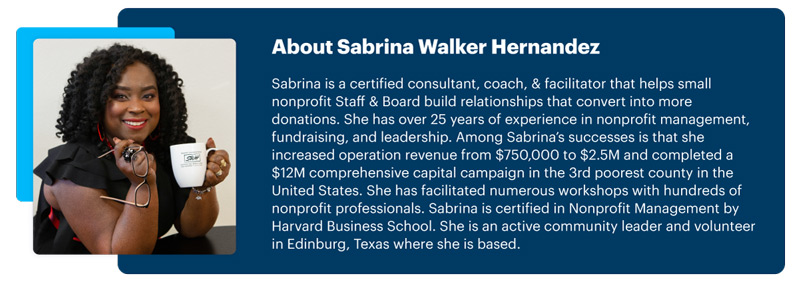Nonprofit Technology & Fundraising Blog
Subscribe to our mailing list

March 7, 2022 | Fundraising Operations
For many nonprofits, board meetings are held on a monthly basis. If not run effectively, the meetings can become uninspiring, frustrating, or stressful. Worst yet, the Chief Executive Officer can find themselves being the only one speaking resulting in low board engagement and a struggle to meet quorum.
A systematic approach in preparing for your next meeting will help in eliminating your stress and confusion. It will also increase your board engagement and improve your nonprofit’s overall performance.
So, here are the 10 steps to getting the most from your board meeting.
If you’re lucky, your board meeting can be done on-site at your nonprofit. This allows your board to interact face-to-face with your clientele. If you’re not that lucky, the location you choose should include a setup for comfort and functionality.
“Food can be a vehicle for social change. It brings people together in a way that very few other activities can.” Anim Steel, Executive Director & Co-founder of Real Food Challenge
Whether food should be provided at a board meeting is determined by the timing of the meeting. Don’t have a budget for food? No worries. You can seek in-kind donations from local restaurants or have a potluck with each board member bringing in a dish.

Create a template that you can reuse for each board meeting. The agenda should be detailed, strict, and timed. You should adopt a consent agenda. A consent agenda is a collection of items that the board approves with one vote without discussion. The types of items that appear on a consent agenda are non-controversial items or routine items that are discussed at every meeting. This will minimize large information downloads and reporting, thus freeing up board meeting time for a more strategic discussion.
Working with your executive committee to finalize your board meeting agenda at least 1.5 weeks before the board meeting. A best practice is a standing meeting with the committee to finalize the agenda. The Chief Executive Officer should not be preparing the agenda alone. Agenda preparation is an opportunity to engage the executive committee and give them a role and a voice in board governance.
The board packet should include the agenda, financial statements, reports, minutes for approval, and other necessary documents. This packet must be well-organized, easy to read, and not include unnecessary materials. Combine all your necessary files into one PDF.
Once the agenda packet is prepared, it should be emailed to all board members at least 72 hours in advance of the upcoming meeting. This will give board members enough time to familiarize themselves with the information before the meeting. In sharing the packet, remind them about the meeting date and time as well as inquire about any questions they may have in advance of the meeting once they review the packet. This will increase productivity during the meeting by reducing the time needed to present and review information.
Kick-off each meeting with a mission moment. This should only take up about 5 minutes of the agenda. You can have a constituent tell their nonprofit story to the board. If constituents are not available at your meeting time, consider using video testimonials. This is easily accomplished using a cell phone video. The goal of this is twofold: 1) It helps the board stay connected to your nonprofit’s purpose, and 2) it gives your board a database of stories they can share in the community especially with prospective donors. They will have real-life stories that show your mission’s impact.
Arrange your board’s entire agenda around the strategic goals of your nonprofit. This should be about 40 minutes of your timed agenda. In addition, carve out 15 – 20 minutes on the agenda for board training and education. This is an opportunity to do some skill building with board members on such topics as fundraising, roles & responsibilities, telling our story, advocacy, etc.

During this time, about 15 minutes, the board engages in deeper inquiry, exploring root causes, values, options, and new ideas. This is where the juice of board service is found. It is a way for a board to examine an issue or an idea by generating more information about it: identifying the problem instead of solving it; generating questions instead of answers; making sense before making any decisions.
During the meeting, take accurate and detailed notes. After the meeting, follow up with each board member assigned to an action item. Be specific in order to increase the likelihood of successful, timely task completion. Continue to follow up with board members in preparation for the next board meeting.
The board of directors is one of a nonprofit’s most precious resources. It is crucial to get board meetings right. Board members are busy with family, friends, and work. An effective meeting shows we value their time and their expertise.
Your nonprofit board members should be doing at least 80% of the talking during the meeting, and that talk should focus mostly on decisions and strategic discussions, not updates and staff reports (except for the absolutely necessary ones).
Granted, each nonprofit board is different and has its own rules they must follow. With this understanding, there is no one way to run a nonprofit board meeting.
However, having a good system and board-agenda-template to follow provides a good start to running an effective board meeting.

You can follow Sabrina on Instagram @the_nonprofitexpert and other social media platforms @supportingworldhope: Facebook, YouTube, LinkedIn, Pinterest. You can also visit her website at www.supportingworldhope.com.
Follow us on social!